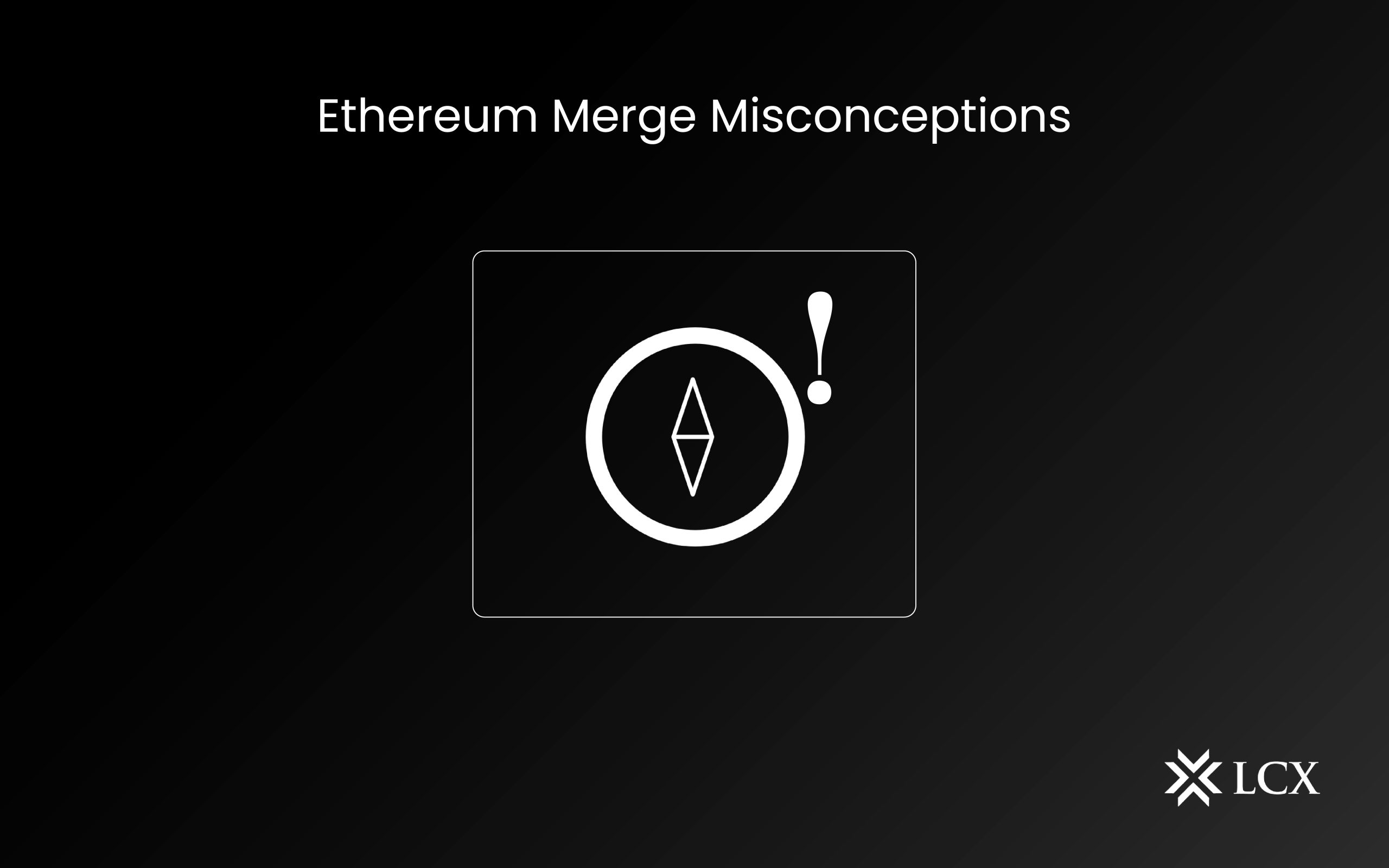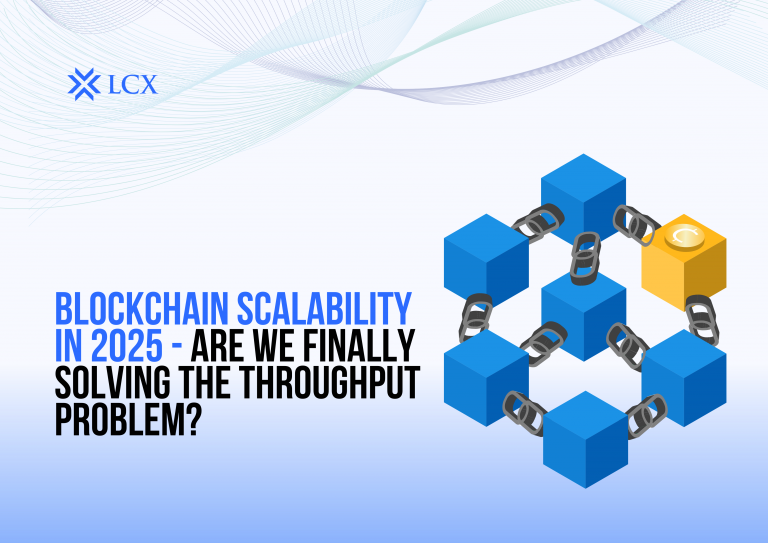The Merge is Ethereum’s transition from proof-of-work to proof-of-stake. It represents the joining of the existing proof-of-work layer with its new proof-of-stake consensus layer.
As the merge has been in talks, plenty of misconceptions are spreading through the crypto community. It needs to be clear to have a realistic approach towards Merge. These misconceptions are highly escalating the expectations of the people towards the transition.
Learn more about Ethereum Merge in our recent article: The Revolutionary “Ethereum Merge” – LCX
Before discussing the common misconceptions around the Merge, it is important to mention that LCX will continue to support both Ethereum Proof-of-Stake (POS) and Proof-of-Work (PoW); more details: LCX to Support Ethereum Proof-of-Stake (POS) and Proof-of-Work (PoW)
MISCONCEPTION 1: GAS FEES WILL REDUCE IMMEDIATELY
It is said that Ethereum’s transition to the proof of stake (PoS) will result in a reduction in gas fees, but it is not valid. The network’s energy consumption will reduce while switching from proof of work to proof of stake. The gas fees will remain unaffected. Gas fees are the result of the capacity of the network and the network’s demand. However, there will be no change in parameters that will improve processing power due to the merge. As stated by Ethereum developers, the merge results from a switching consensus mechanism; it’s not an expansion of network capacity.
MISCONCEPTION 2: THE TRANSACTIONS ON ETHEREUM WILL BECOME FASTER
The transactional speed of adding the new block to the blockchain was 13 seconds on proof of work. But after the merge, it will take 10 percent less time. This 10 percent increase in speed by adopting the proof of stake will remain unnoticeable. e blockchain’s decentralized apps will determine the transaction speed of the blockchain.
MISCONCEPTION 3: ONE CAN WITHDRAW STAKED ETH AFTER THE MERGE
It is not true that after the merge, staked ETH will be unlocked. The staked ETH and newly issued ETH will remain locked after the merge. When the Ethereum blockchain switches to the PoS model, the ETH stakers will become the guardian of the network’s security. The unstacking will occur after the Shanghai upgrade, the next big upgrade following the merge. Hence, all the staked ETH will be locked with the network for at least 6-12 months. Ethereum will limit the rate of staking withdrawals once permitted for security reasons.
MISCONCEPTION 4: THE APR FOR STAKING IS PREDICTED TO BE TRIPLE POST-MERGE
Staking APR is expected to rise after the merge, but it is important to know where this rise in APR is coming from. The increase in APR will result in the redistribution of transaction fees that will be departed to validators. It will be a different revenue source for validators when they present the blocks. Estimating that the average network activity is 10%, the staking APR will extend to 7%. It has been predicted that there will be an increase in APR closer to 50%, not triple, after the merge.
Wrapping Up
The Merge will be the most remarkable event for the cryptocurrency industry. It is just the first stage of Ethereum development; several other updates are in line. It aims to provide the Ethereum blockchain security, sustainability, and scalability. More benefits to come.









